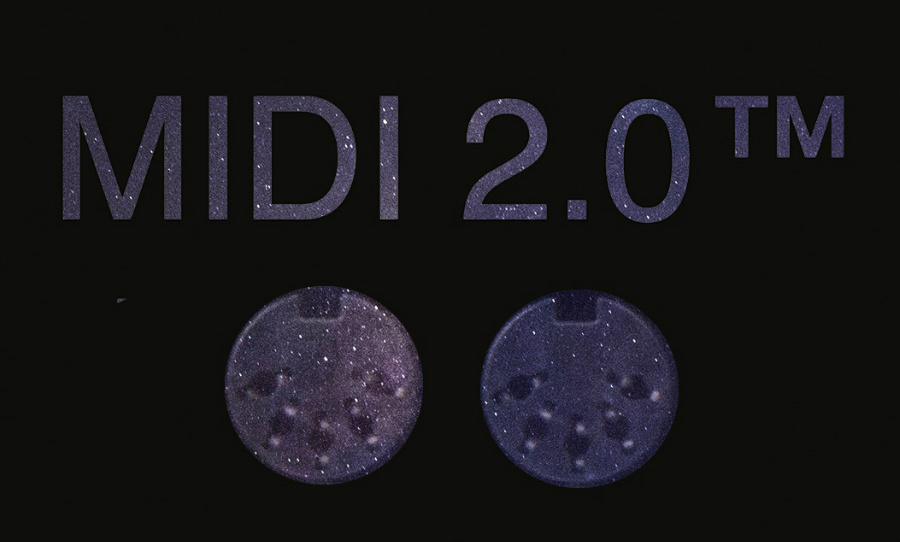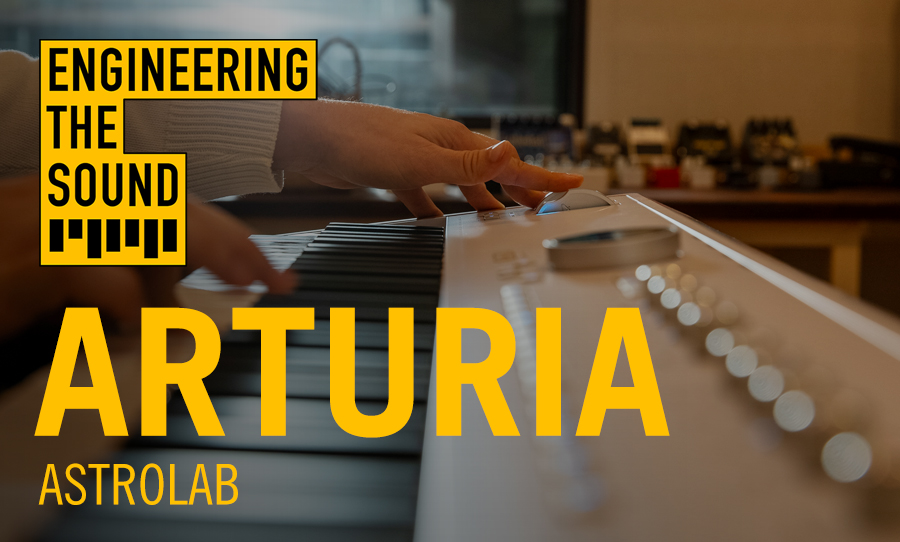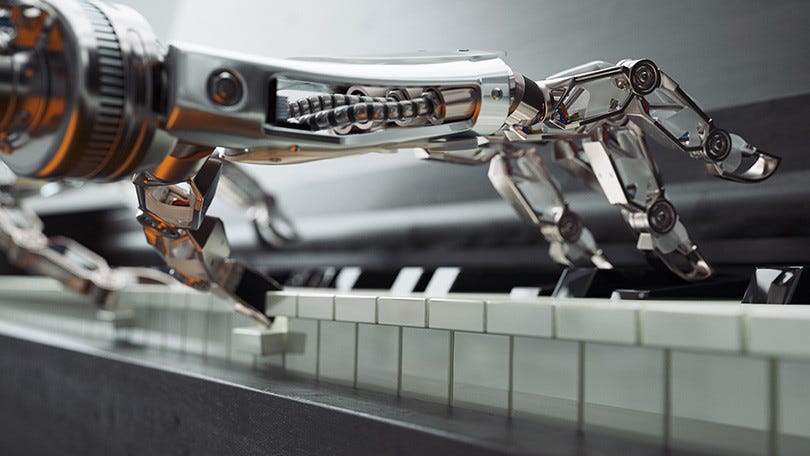At NAMM 2020 the MIDI Manufacturers Association (MMA) have voted unanimously to adopt the full suite of MIDI 2.0 specifications.
The specs for MIDI 1.0 were first released in 1983 after being discussed at NAMM 1981, so the new protocol marks the first major update to the standard in almost 40 years.
A long-awaited update to the MIDI standard, MIDI 2.0 is the next step in device compatibility, easy communication, and deep expression.
There’s a lot of information from the MMA to unpack, but what it means for musicians is pretty significant. Basically, while MIDI 1.0 signals could only be sent in one direction, MIDI 2.0 is bi-directional. This means that compatible devices are able to communicate with each other and auto-configure to work together. For example, a DAW will now be able to receive all the relevant programming information from a MIDI controller automatically and configure it for immediate use.
It will also mean an increase in expressive potential, with enhanced resolution resulting in higher detail with velocity, pitch, and timing.
If you’re worried about backwards compatibility, MIDI 2.0 is built on the back of MIDI 1.0, so the protocol will easily fallback to maintain compatibility with older devices. In some devices, the new version of MIDI will even work to enhance the existing feature set of MIDI 1.0, meaning you’re getting a better output all round.
Roland has already released the MIDI 2.0 compatible A-88MKII keyboard controller, so look forward to plenty of new hardware and software in the near future.
For more information, head to the MMA website.


